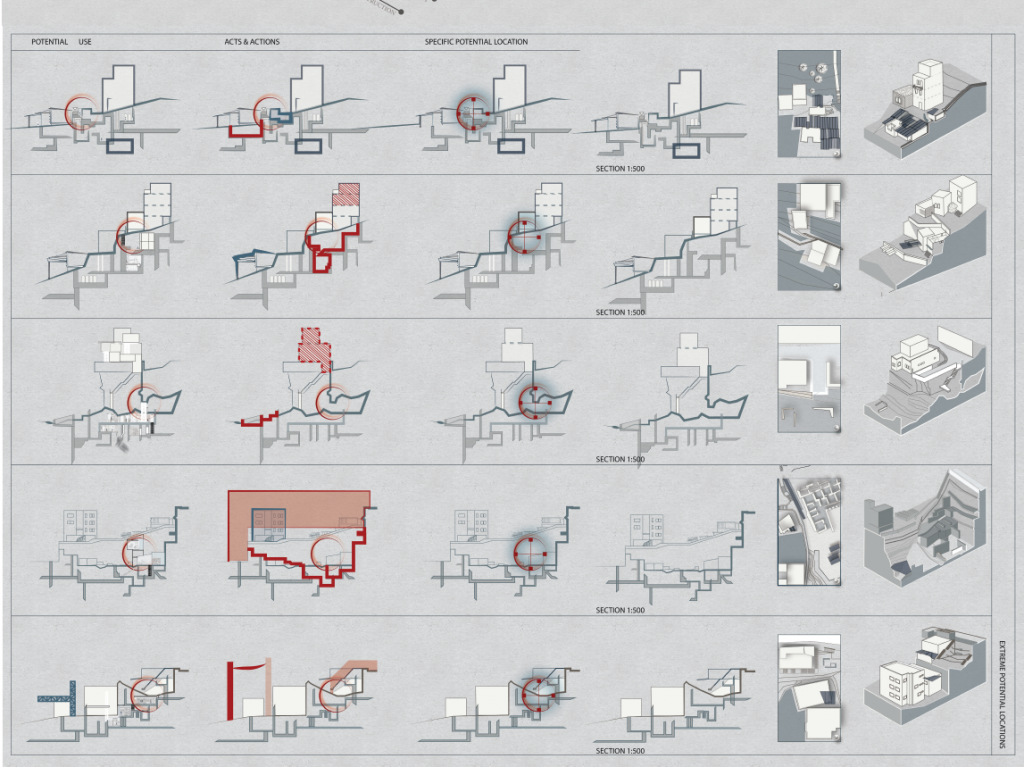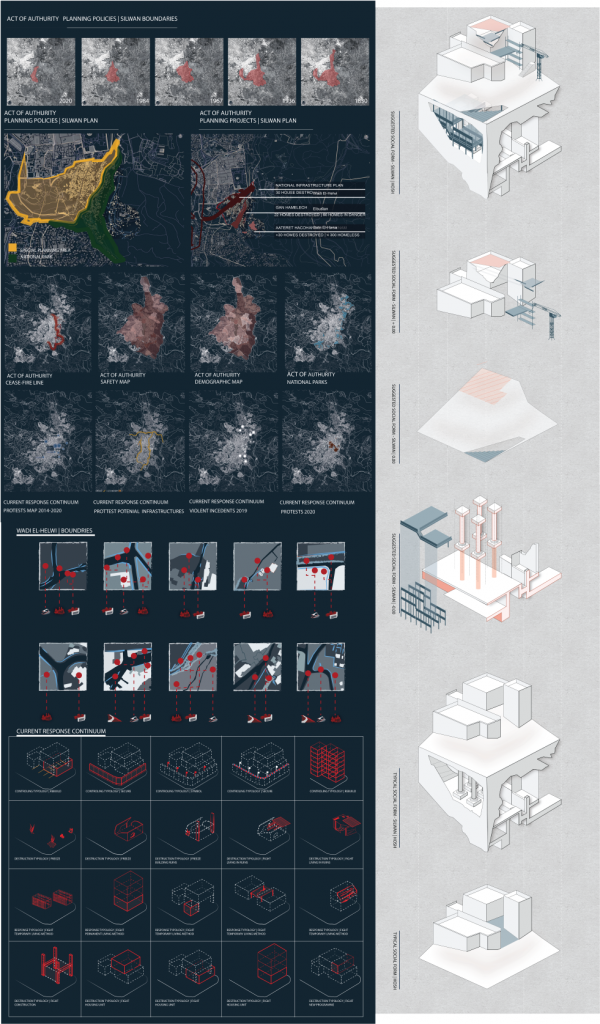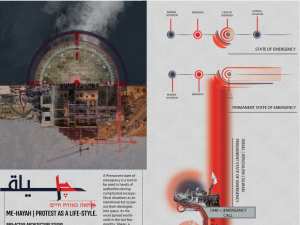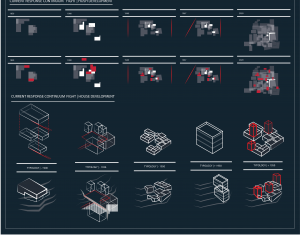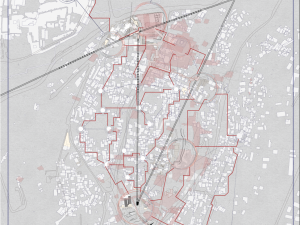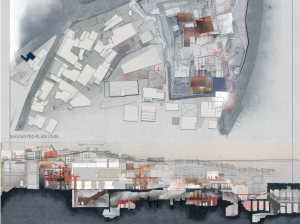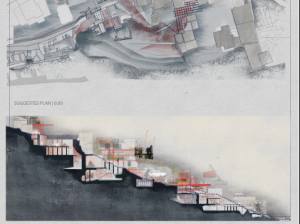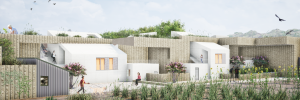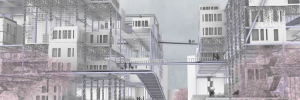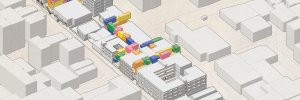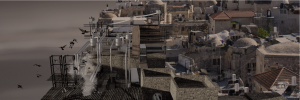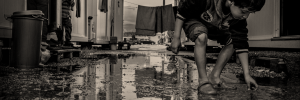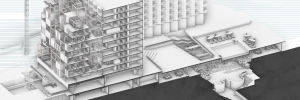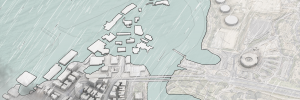Mehaya | Protest as a Lifestyle
A Permanent State of Emergency is a tool used by authorities in complicated sociopolitical situations as a deliberate means of spatially perpetuating their ideologies. As reflected in worldwide headlines over the last few months, Silwan, a village that became an East Jerusalem neighborhood after 1967, is in a Permanent State of Emergency.
In Silwan, the Permanent State of Emergency is imposed by the authorities through the implementation of privatization measures via various factors, locations and scales. Three main spatial actions by authorities are: planning policies, archeological excavations and building demolitions.
These three actions by authorities induce locals to react impulsively as individuals, in the form of three common responses translated to the spatial setting: freeze and flight, as passive reactions, and fight, an active reaction of establishing contact with the environment, hoping for change.
The project “Mehaya” studies the Permanent State of Emergency as a spatial phenomenon by exploring individuals’ psychological reactions. It examines how space can induce a collective action aimed at perpetualting the existence of the local collective in Silwan as a permanent state. Therefore, the project proposes creating a Civil State of Emergency – a permanently temporary spatial collective response, using authorities’ actions as platforms for fight as a response: as impulsive collective reactions and as a permanent act aimed at creating a dialogue within and in between.
The Civil State of Emergency is an alternative state initiated by locals who were raised to react to a Permanent State of Emergency as a lifestyle. Instituting a Civil State of Emergency as an alternative lifestyle entails three notions: education, society and practice, with implemented in three different spatial compositions as case studies.
The project proposes that a protest space for impulsive reactions can be a generator, cultivating around it spaces for protest as a permanent act, connecting it to the current system of housing composition (Hosh), which has fallen to pieces, as it tries to signify the relationship with acts of government.
The project identifies existing spatial potentials to be used as infrastructures for a Civil State of Emergency, which is created by the locals for the locals. These spatial potentials are: acts of government, topography, paths and the current housing composition (Hosh), which become guidelines as generators of a Civil State of Emergency.
The project aims to raise awareness, create a dialogue and secure safe, quality living for locals in Silwan through an alternative spatial platform of choosing to live and to exist, because It is necessary to exist in order to coexist.



